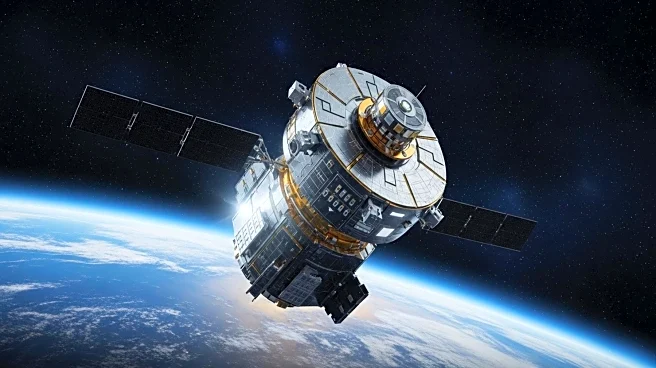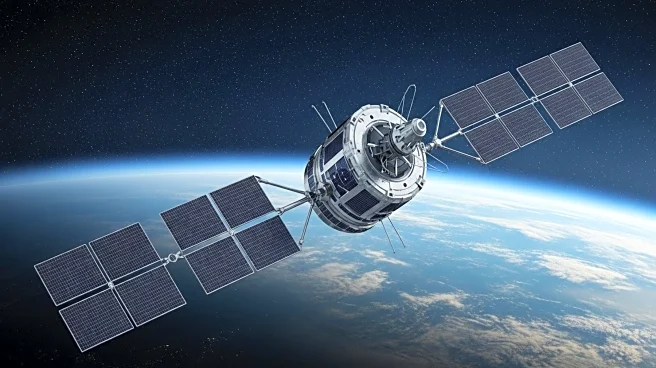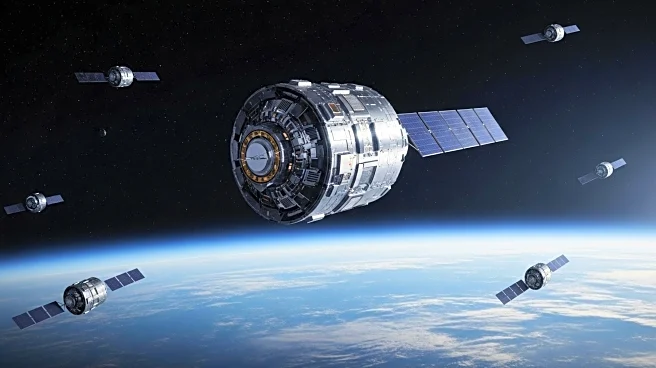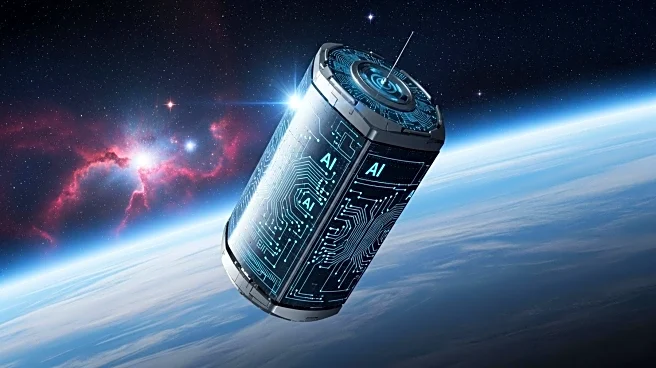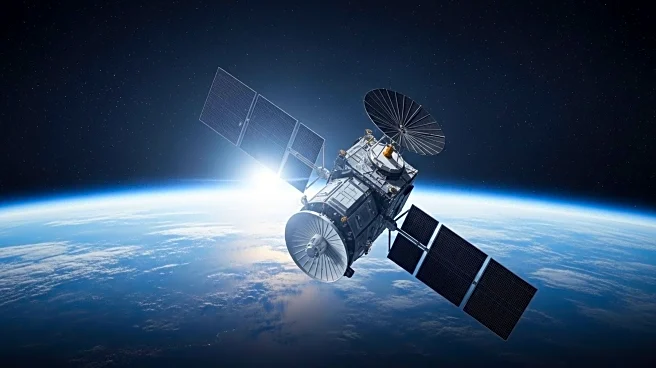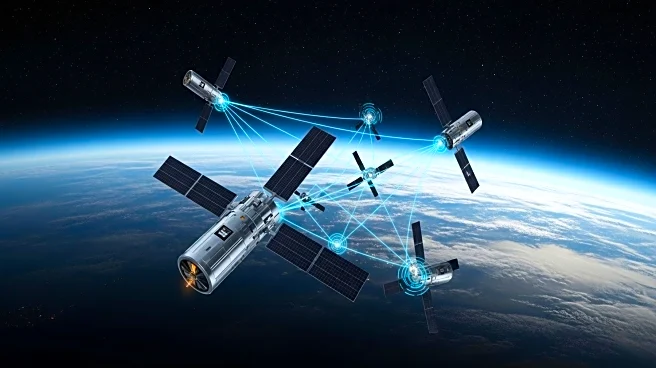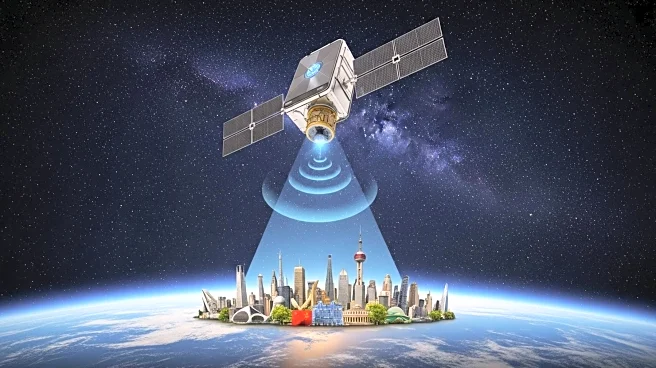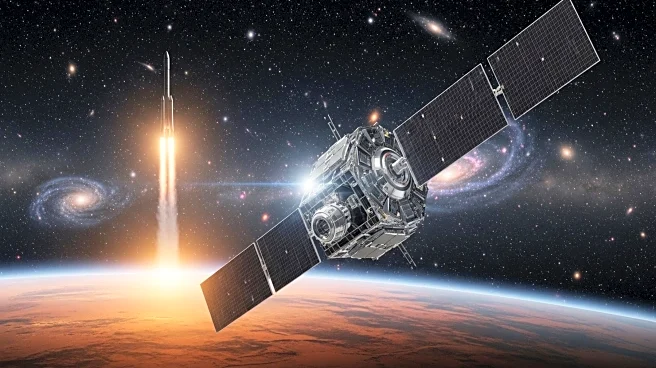What's Happening?
China's plans to expand its low Earth orbit (LEO) satellite networks are facing delays due to the absence of advanced reusable rockets. Shanghai-based satellite operator Yuanxin has been unable to proceed with multiple tenders for launch services this year, primarily because of the lack of cost-effective, reusable rockets. Yuanxin has successfully launched 90 satellites for its Qianfan constellation but has not launched any since March, when 18 satellites were sent up using a Long March 8 rocket. The Qianfan constellation aims to deploy 15,000 satellites, while the government-backed Starnet project targets 13,000 satellites but has only launched 46 so far. Yuanxin's efforts to procure reusable liquid launch vehicles have been hampered by insufficient bids, as China's procurement law requires at least three bidders. The launch sector, opened to private companies in 2014, still lacks a high-capacity liquid fuel rocket comparable to SpaceX's Falcon 9, which has successfully launched over 8,000 Starlink satellites.
Why It's Important?
The delay in China's satellite deployment highlights significant technical and logistical challenges within the country's aerospace industry. The inability to match the capabilities of SpaceX's Falcon 9 rocket affects China's competitiveness in the global satellite market. This situation impacts China's strategic goals in satellite communications and its ambitions to provide satellite internet services. The lack of reusable rockets increases launch costs, making it difficult for Chinese operators to compete with international counterparts. Furthermore, the absence of advanced inter-satellite links limits the efficiency and flexibility of China's satellite networks, affecting future technological advancements such as 6G services. The stalled progress could hinder China's ability to establish a robust satellite infrastructure, impacting its economic and technological growth.
What's Next?
China's satellite operators may need to explore alternative strategies to overcome the current challenges. This could involve increased investment in research and development to create competitive reusable rocket technology. The government might also consider revising procurement laws to facilitate more bids and collaborations with international partners. As the deadline for Yuanxin's latest tender approaches, launch companies have until the end of the year to qualify, potentially spurring innovation and development in the sector. The industry may also focus on enhancing satellite network topologies to improve efficiency and reduce costs, aligning with global advancements in satellite technology.
Beyond the Headlines
The challenges faced by China's satellite industry underscore broader issues in technological innovation and international competitiveness. The reliance on terrestrial-based infrastructure and the lack of inter-satellite links highlight the need for advancements in autonomous satellite networking. These developments are crucial not only for satellite internet but also for future communication technologies like 6G. The situation reflects the importance of fostering a robust ecosystem for aerospace innovation, which could have long-term implications for China's position in the global technology landscape.

